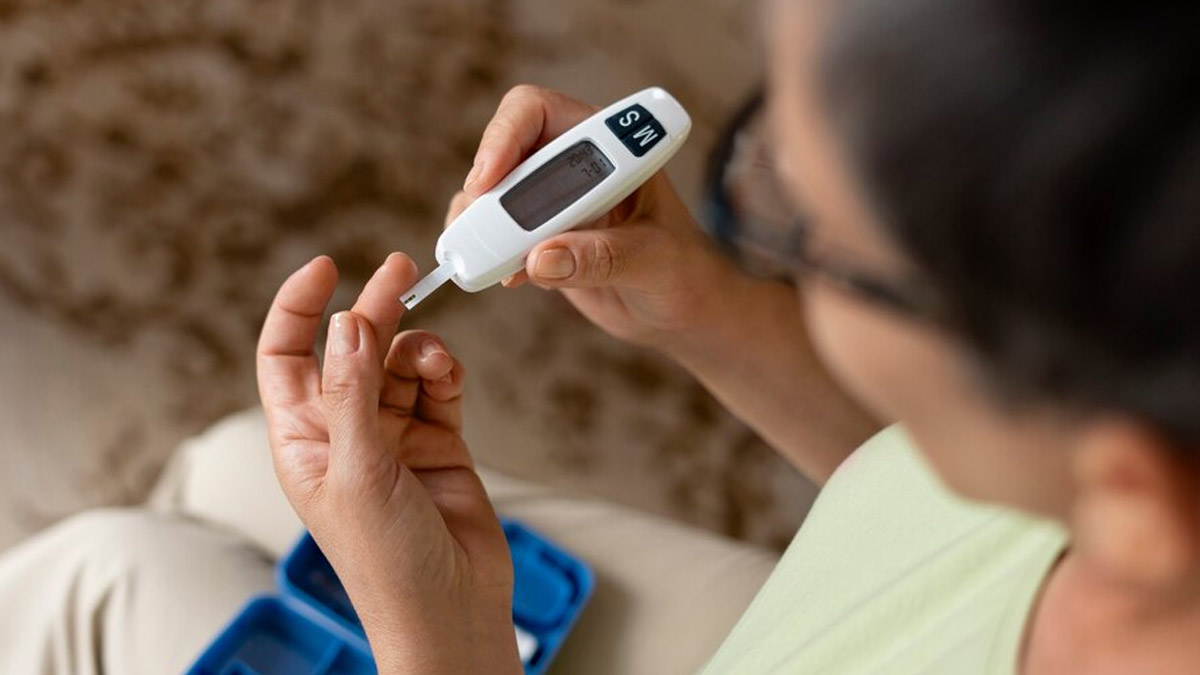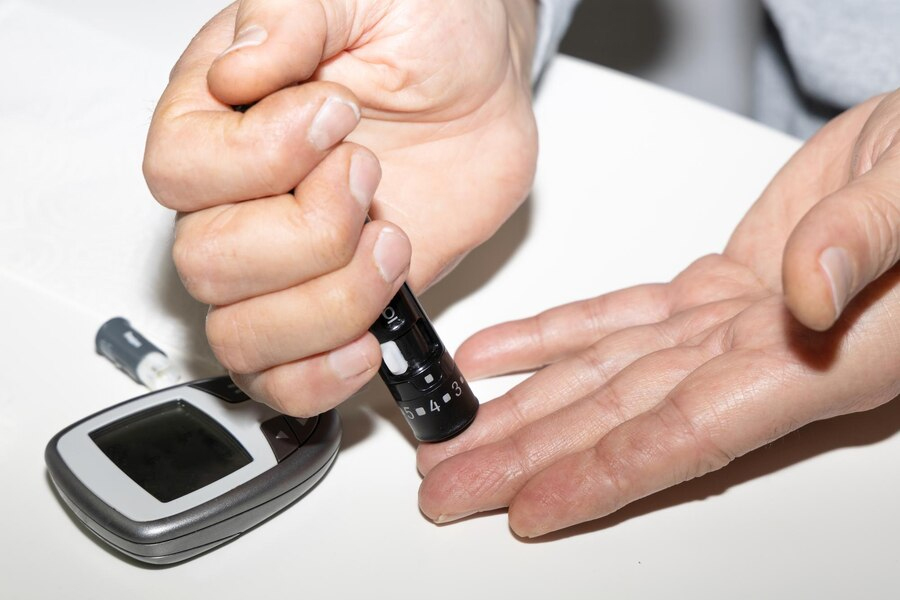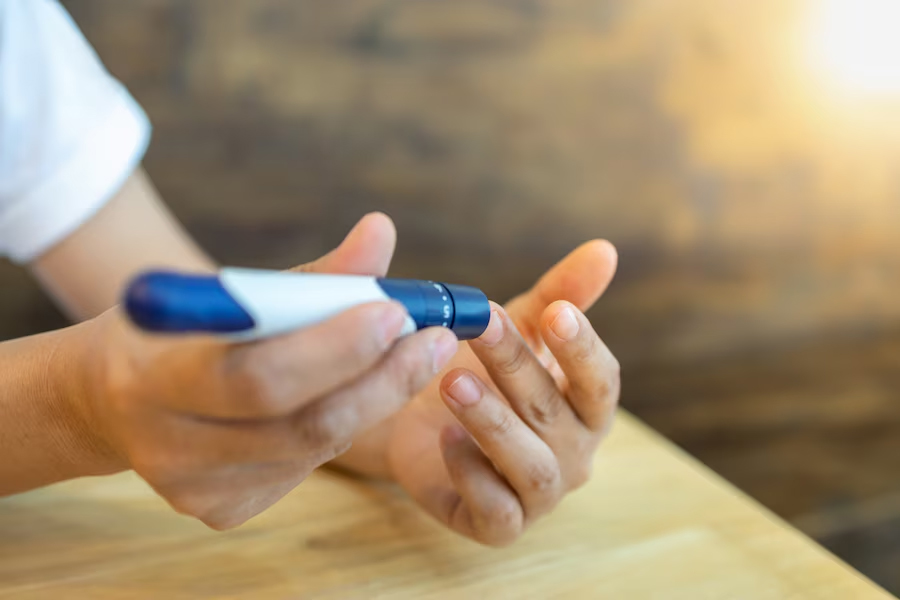
For those living with diabetes, frequent blood sugar testing is a part of daily life, helping them manage their health and avoid complications. But did you know that where you test can make a big difference in the accuracy of your readings? Using the middle and ring fingers for blood sugar tests is often the best option for more precise results. We spoke to our expert Dr Ravi Kesari, MD - Physician, General Physician, Apollo Spectra Hospitals, Bengaluru, who explained why the middle and ring fingers are ideal for testing blood sugar levels.
Table of Content:-
What is Blood Sugar?

“Glucose is a type of sugar that provides energy to your body. Glucose lies in the food which we consume and it reaches the cells through the bloodstream therefore referred to as blood sugar. A rise in blood sugar levels can lead to diabetes, but the body has coping mechanisms, such as insulin and other hormones, that help regulate glucose levels in the blood,” said Dr Kesari.
Importance of Frequent Blood Testing in Diabetes Management
People suffering from diabetes need blood testing frequently to avoid further health complications. For blood testing, the middle and ring finger are considered because the readings would be reliable and accurate.
According to the American Diabetes Association, Self-monitoring of Blood Glucose (SMBG) plays a crucial role in managing diabetes. Its goal is to offer timely and accurate measurements of blood sugar levels, enabling individuals to make informed decisions about their diet, physical activity, and medication.
Also Read: Sleep And Blood Sugar: Experts Explain How Sleep Cycle Affects Your Blood Sugar Levels
Why the Middle and Ring Fingers Are Ideal for Testing
Thinner Skin for More Accurate Results

“The thumb and index fingers tend to have thicker skin and more calluses, which can affect the accuracy of blood test results. In contrast, the middle and ring fingers usually have fewer calluses and thinner skin, providing more accurate results,” said Dr Kesari. It is convenient to obtain blood samples by procedure, which involves puncturing the skin to access the drop of blood from the finger having constant blood supply.
Less Pain Due to Fewer Nerve Endings
It is important to select the appropriate finger for blood testing to reduce the discomfort from multiple blood tests in a day. The thumb and index fingers are extremely sensitive due to their nerve endings and cause pain when pricked. Middle and ring fingers reduce the discomfort associated with blood tests because of their slightly fewer nerve endings.
Reducing the Risk of Infection

“The thumb and index fingers are commonly used in handling objects; hence, it is more often exposed to germs and dirt. Because of this reason, testing with these fingers may increase the risk of infection since the chances of having germs in them are likely to be high,” added Dr Kesari. The middle and ring fingers are less involved with grabbing or touching objects and are, therefore, cleaner and more unlikely to introduce bacteria into the puncture site.
Also Read: Balancing Blood Sugar Scale: Expert Explains Hypoglycemia and Hyperglycemia Beyond Diabetes
Other Testing Sites and Why They Fall Short
There are other alternative sites for blood testing, such as forearms, palms, or thighs, however, these cannot be considered for accurate results because blood flow to these areas is different from that to the fingers.
Bottomline
Dr Kesari concluded, “The middle and ring fingers are the best combination that provides reliable blood flow with minimum discomfort and a lower infection risk for the most precise blood sugar readings. By using these fingers every time, a person with diabetes has to constantly monitor for better management and a better quality of life and to reduce the complications involved in diabetes.”
[Disclaimer: This article contains information provided by an expert and is for informational purposes only. Hence, we advise you to consult your own professional if you are dealing with any health issues to avoid complications.]
Also watch this video
How we keep this article up to date:
We work with experts and keep a close eye on the latest in health and wellness. Whenever there is a new research or helpful information, we update our articles with accurate and useful advice.
Current Version
